
Snowshoe
The largest winter East Coast ski resorts in the mid-Atlantic

The largest winter East Coast ski resorts in the mid-Atlantic
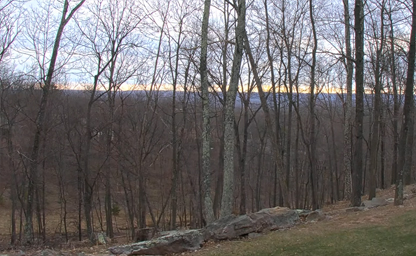
The highest and most topographically prominent mountain in Berkeley County
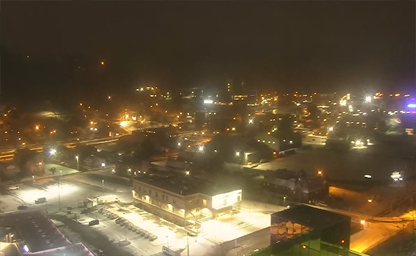
A town was laid out at the site to serve as a county seat for Logan County
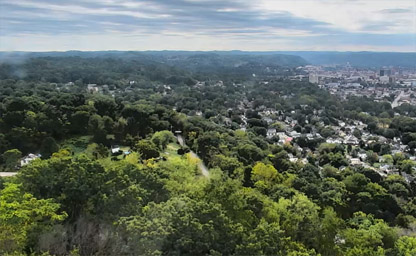
An unincorporated community in Doddridge County
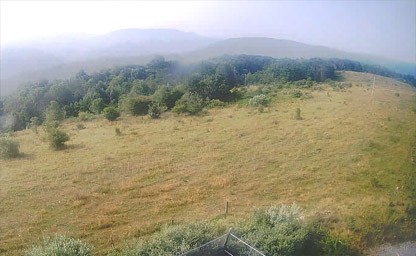
Is the highest ridge of the Allegheny Mountains
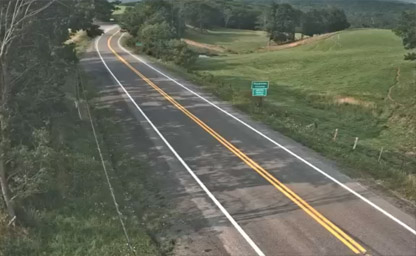
Is part of the vast Appalachian Mountain Range
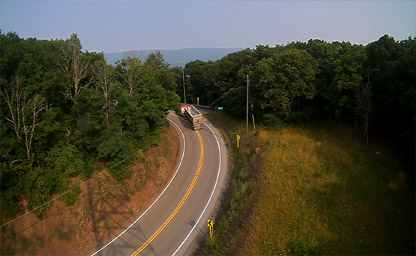
A quartzite-capped mountain ridge in the Ridge
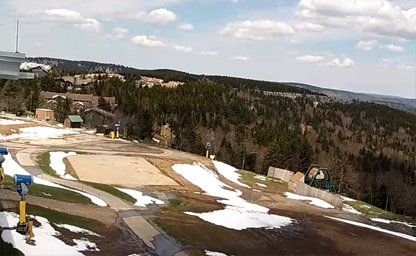
An unincorporated community in Pocahontas County
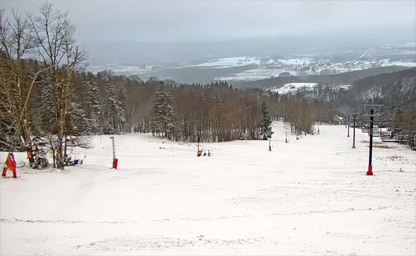
The perfect way to check current weather, trail conditions and skier traffic
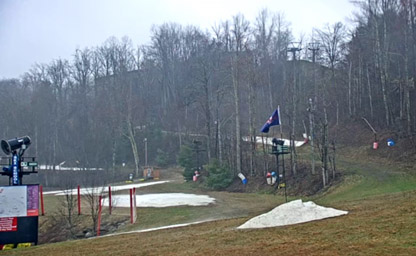
Where winter is fun for everyone
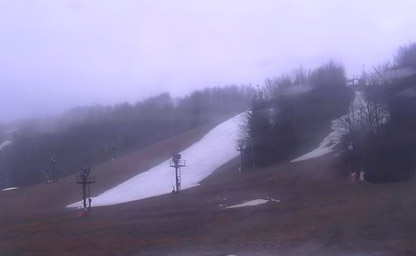
The feed shows the action from the base area

University serving the Tri-State area of West Virginia, Kentucky and Ohio
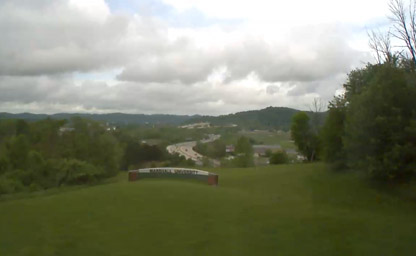
Located in downtown Huntington with additional campuses and centers in South Charleston
IpLiveCams offer a real-time window into the Mountain State’s breathtaking natural beauty, charming small towns, and historic landmarks. From the rolling Appalachian Mountains to the tranquil rivers and valleys, these webcams capture the essence of West Virginia’s scenic landscapes and warm hospitality.
Nature enthusiasts will appreciate live feeds from iconic locations such as the New River Gorge, Blackwater Falls State Park, and Seneca Rocks. These webcams showcase rugged cliffs, cascading waterfalls, and lush forests, providing a virtual escape into the great outdoors.
For a closer look at West Virginia’s small towns and cities, webcams in places like Charleston, Morgantown, and Harpers Ferry highlight historic streets, vibrant downtowns, and cultural events. These feeds showcase the state’s unique blend of history and modern charm.
Outdoor adventure fans can tune into live streams from popular recreational areas, including ski resorts like Snowshoe Mountain and Canaan Valley, offering real-time updates on snow conditions and scenes of skiers and snowboarders enjoying the slopes.
Seasonal changes make West Virginia’s live streaming cameras even more captivating. Watch as the landscape transforms with vivid fall foliage, snow-dusted mountains in winter, blooming wildflowers in spring, and verdant summer forests.
Whether you’re planning your next outdoor adventure, exploring West Virginia’s rich history, or simply admiring its natural beauty, live streaming cameras provide an engaging and immersive way to connect with the state’s charm and majesty.
West Virginia's history is a fascinating tale of cultural diversity, natural resources, and a unique identity forged through resilience and independence. The region was originally inhabited by Native American tribes, including the Shawnee, Cherokee, and Monongahela cultures, who lived off the land's abundant natural resources and left behind archaeological sites such as the Grave Creek Mound, one of the largest conical burial mounds in North America.
The arrival of European settlers in the 18th century marked a new chapter in West Virginia’s history. As part of the Virginia Colony, the region attracted pioneers seeking fertile land and abundant game. The rugged Appalachian Mountains posed challenges but also provided natural barriers that shaped the state's cultural and geographical isolation. Scots-Irish and German immigrants brought their customs, creating a distinctive Appalachian culture that persists today.
The discovery of coal in the 18th century began to shape West Virginia's economic landscape. By the 19th century, the region’s rich deposits of coal and timber were central to its development, fueling industrial growth and the expansion of railroads. The Baltimore and Ohio (B&O) Railroad, the first commercial railroad in the United States, played a pivotal role in connecting West Virginia to larger markets, transforming it into a critical hub for trade and industry.
The Civil War was a defining moment for West Virginia. When Virginia seceded from the Union in 1861, the mountainous western counties, with fewer enslaved people and stronger Unionist sentiments, chose a different path. Delegates from these counties met in Wheeling and voted to break away from Virginia, ultimately leading to the creation of West Virginia. The new state was admitted to the Union on June 20, 1863, making it the only state formed by seceding from a Confederate state during the war.
Post-Civil War, West Virginia experienced significant growth, largely driven by its coal mining and timber industries. The state's coalfields attracted a diverse workforce, including immigrants from Europe and African Americans from the South. This diversity enriched the cultural fabric but also led to labor conflicts, most notably the Battle of Blair Mountain in 1921, one of the largest labor uprisings in U.S. history.
In the 20th century, West Virginia became synonymous with energy production. Its coal powered the nation’s factories, railroads, and later, electric plants. However, this reliance on a single industry also brought challenges, including environmental degradation and economic instability. Efforts to diversify the economy have seen growth in tourism, healthcare, and education.
West Virginia’s history is celebrated in numerous sites and events. Harpers Ferry National Historical Park commemorates John Brown’s raid and the area’s Civil War history. The Appalachian culture is preserved in festivals like the Vandalia Gathering, showcasing traditional music, crafts, and storytelling. This unique blend of history and heritage makes West Virginia a compelling destination for visitors seeking to understand the state’s storied past.
West Virginia’s climate is predominantly humid continental, characterized by four distinct seasons and varying weather patterns influenced by its mountainous terrain. The state’s elevation plays a significant role in its climate, creating microclimates that range from cooler, wetter conditions in the higher elevations to milder, drier weather in the valleys.
Winters in West Virginia are cold, with average temperatures in January ranging from 26°F in the highlands to around 36°F in the lower elevations. Snowfall is common, especially in the Appalachian Mountains, where ski resorts like Snowshoe Mountain and Canaan Valley attract winter sports enthusiasts. These areas can receive over 100 inches of snow annually, creating ideal conditions for skiing, snowboarding, and snowshoeing.
Spring brings a gradual warming, with temperatures climbing into the 50s and 60s°F by April. The season is marked by blooming wildflowers and budding trees, transforming the state’s forests and hillsides into a vibrant palette of colors. However, spring can also bring heavy rainfall and occasional flooding in the river valleys.
Summers in West Virginia are warm and humid, with average highs in the 80s°F. The mountainous terrain provides relief from the heat, offering cooler temperatures at higher elevations. This season is perfect for outdoor activities such as hiking, camping, and whitewater rafting. Rivers like the New River and Gauley River become prime destinations for thrill-seekers and nature enthusiasts alike.
Autumn is arguably the most beautiful season in West Virginia. Cooler temperatures, ranging from the 40s to 70s°F, combined with the state’s stunning fall foliage, make it a popular time for scenic drives and outdoor adventures. The Appalachian forests burst into fiery shades of red, orange, and yellow, drawing visitors to spots like the Monongahela National Forest and the Blue Ridge Parkway.
West Virginia’s weather is also notable for its variability, with conditions that can change rapidly, especially in the mountains. Despite its challenges, the state’s climate contributes to its natural beauty and offers a variety of activities year-round.
West Virginia’s geography is defined by its rugged terrain, lush forests, and abundant waterways. Known as the "Mountain State," it is the only state entirely within the Appalachian Mountain region, making it a haven for outdoor enthusiasts and nature lovers. The state covers an area of approximately 24,230 square miles, ranking 41st in size among the U.S. states.
The Allegheny Mountains dominate the eastern portion of the state, forming part of the larger Appalachian range. This area includes some of West Virginia’s highest peaks, such as Spruce Knob, which rises to 4,863 feet, making it the highest point in the state. The Alleghenies are known for their dense forests, rocky ridges, and sweeping vistas, offering endless opportunities for hiking, climbing, and photography.
The Potomac Highlands region, located in the northeastern part of the state, features dramatic landscapes, including the Seneca Rocks and Dolly Sods Wilderness. This area is a geological wonderland, with unique rock formations, high-altitude meadows, and a variety of rare plant species. The Potomac River begins its journey here, flowing eastward toward the Chesapeake Bay.
Central and western West Virginia is characterized by rolling hills, river valleys, and plateaus. The Ohio River forms the state’s western border, serving as a vital waterway for commerce and recreation. The Kanawha River, a tributary of the Ohio, flows through Charleston, the state capital, and has played a crucial role in the state’s industrial development.
West Virginia is also home to extensive cave systems, particularly in the Greenbrier Valley. Organ Cave and Lost World Caverns offer visitors a glimpse into the state’s subterranean wonders, with their intricate formations and historical significance.
The state’s abundant natural resources have shaped its geography and economy. Coal, natural gas, and timber have been extracted from the land for centuries, leaving a legacy of both prosperity and environmental challenges. Conservation efforts in recent decades have focused on preserving West Virginia’s pristine landscapes, including the establishment of protected areas like the New River Gorge National Park and Preserve, which became the nation’s newest national park in 2020.
For a unique perspective on West Virginia’s geography, take a ride on the Cass Scenic Railroad. This historic train journey winds through the Allegheny Mountains, offering breathtaking views of the surrounding wilderness and a glimpse into the state’s logging history.
An interesting fact about West Virginia is that it is home to the Green Bank Observatory, which houses the world’s largest fully steerable radio telescope. Located in the National Radio Quiet Zone, this facility plays a vital role in astronomical research and provides an intriguing destination for science enthusiasts and curious travelers alike.